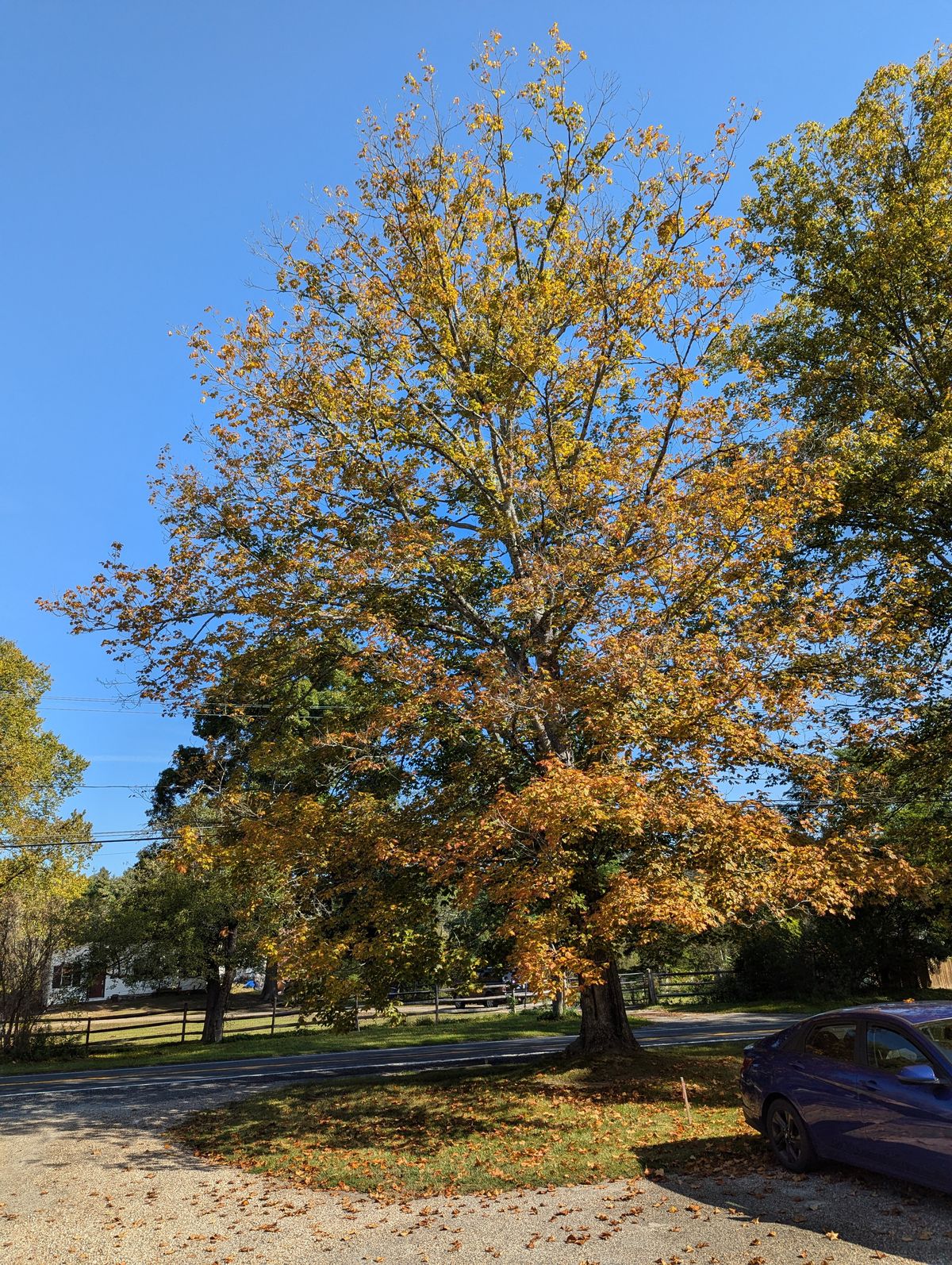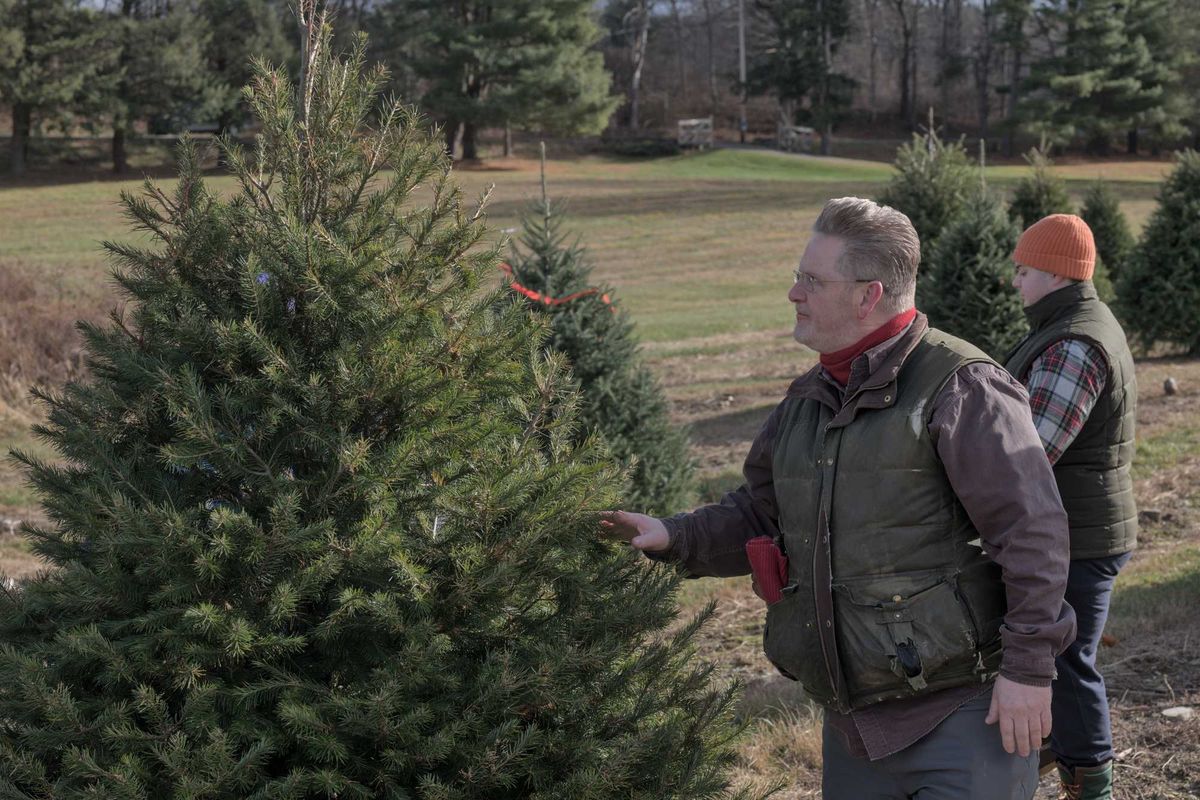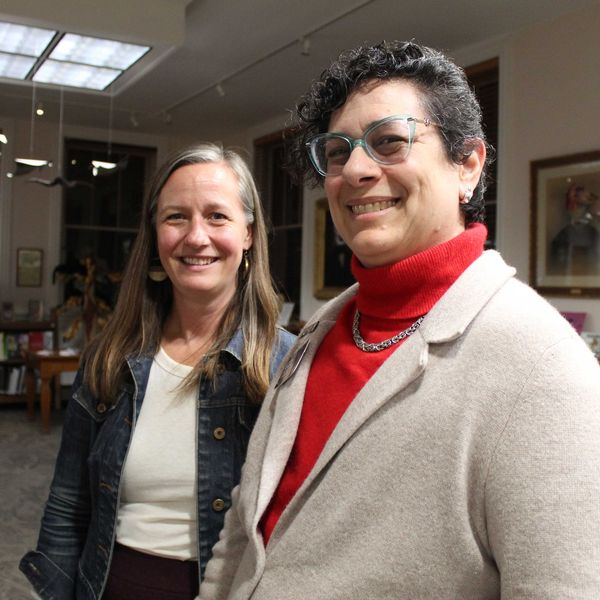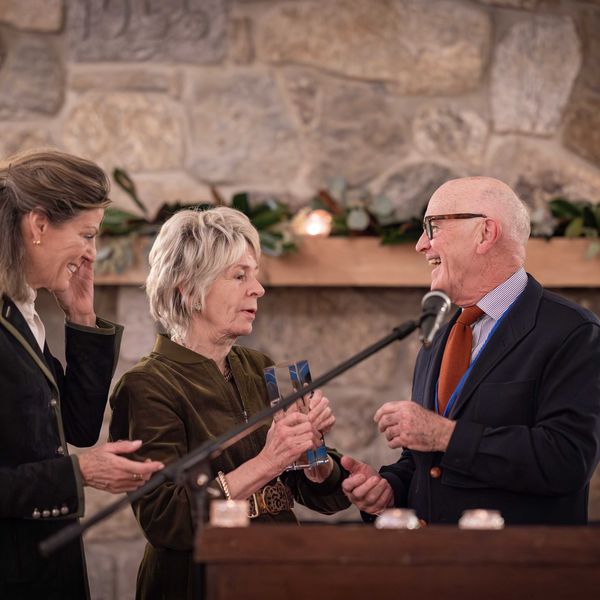Tree warden hopeful for late season foliage boom despite drought, disease

The tree outside of The Lakeville Journal in Falls Village, Conn., began dropping its leaves in mid-September. An area expert said this is the result of “leaf scorch,” but robust autumn colors are still on the way.
Photo by Riley Klein













 Cover of “Les Flashs d’Anne”Jennifer Almquist
Cover of “Les Flashs d’Anne”Jennifer Almquist Orson Welles, top, and Hervé Guibert and André Kertész by Anne DayJennifer Almquist
Orson Welles, top, and Hervé Guibert and André Kertész by Anne DayJennifer Almquist Self-portrait, New York City, 1981by Anne DayJennifer Almquist
Self-portrait, New York City, 1981by Anne DayJennifer Almquist





